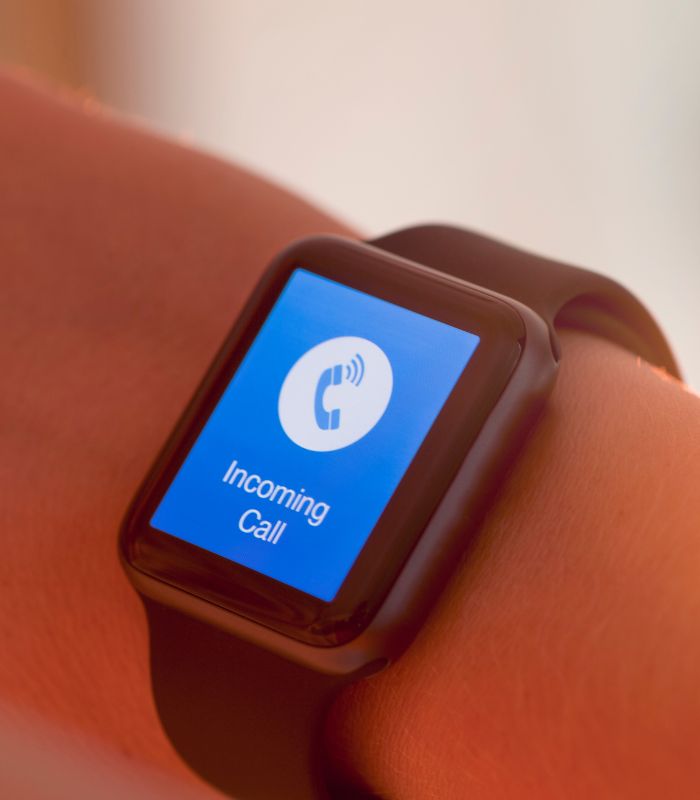What is the difference between AMOLED and OLED displays?
Can we take a step back and appreciate the fact that many of us are reading this article through HD or FHD or Even 4K screens? Think about the displays 10 to 15 years ago. How were they? How were the mobile phone screens of that old-time? Now we can look at our web contents through AMOLED and OLED displays in millions of colors in FHD, QHD, or HD. Isn’t this amazing?
So, in this article, we shall try to explore the differences between OLED and AMOLED displays of our smartwatches. With Apple and Samsung, and many other smartwatch manufacturer companies, we can hardly sit satisfied with what we got today because come tomorrow, there will be another tempting offer from them with even more sparkling OLED and AMOLED displays with colorful interfaces.
OLED vs AMOLED:
If we do a bit of reading we find that the basic structure of the two types of displays makes the difference. OLED’s display has a layer of organic compounds but AMOLED has an extra layer. OLED monitors or displays have an organic thin compound layer. On the other hand, AMOLED has an extra thin layer that has film transistors. OLED’s material is organic and thus helps send light. On the other hand, AMOLED works with an active matrix system.
To display pictures or images, OLED or organic light-emitting diode displays use organic materials. Although this layer of organic materials does not make its own light, it actually helps direct and send light in various directions.
On the other hand, AMOLED or active-matrix organic light-emitting diodes is comparatively a newer technology. It combines the thin layer of transistors with organic materials. It does the same as OLED plus the pixel control is with the transistors.
OLED is a cost-effective technology that is why we see its use with electronic devices and gadgets such as - cell phones, TV or PC monitors, etc. It does not need backlight and is thinner than LCD displays. As there is no backlight, it is possible to make it more compact and thinner. So, dark or bright, whatever the condition of the room is, OLEDs perform better than LCDs.
Because of its flexibility, OLEDs are used by mobile device & smart watch companies. From this display technology, two newer branches were created - AMOLED or active-matrix organic light-emitting diodes and PMOLED or passive matrix organic light-emitting diodes.
AMOLED consumes less energy and less money to be produced. This type of display provides a better refresh rate, you can have a bigger size and also a wider angle of views. But the production cost with this technology is a bit higher than OLED technology. But it still is the favorite of manufacturers because of the advanced features it has.





